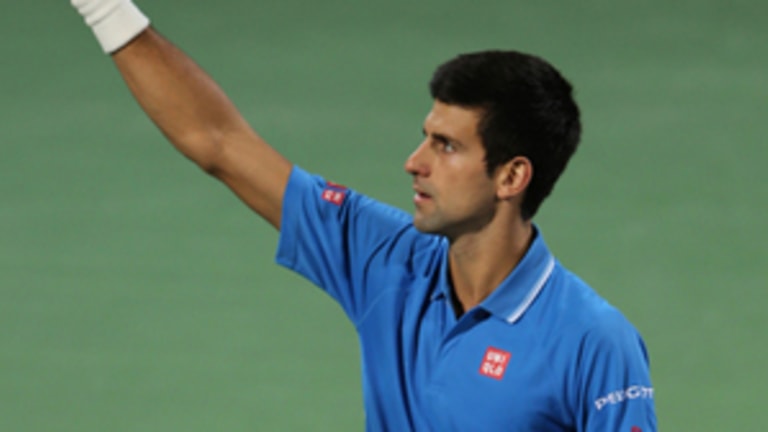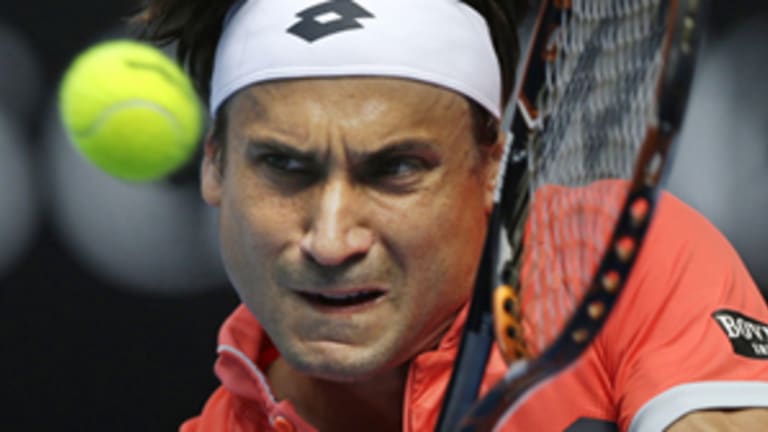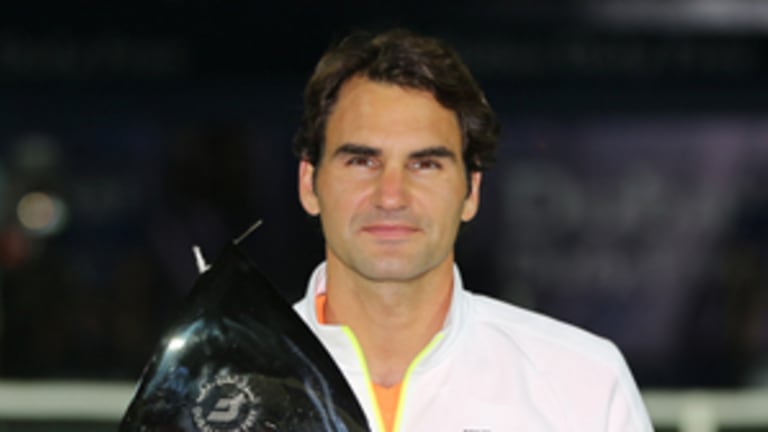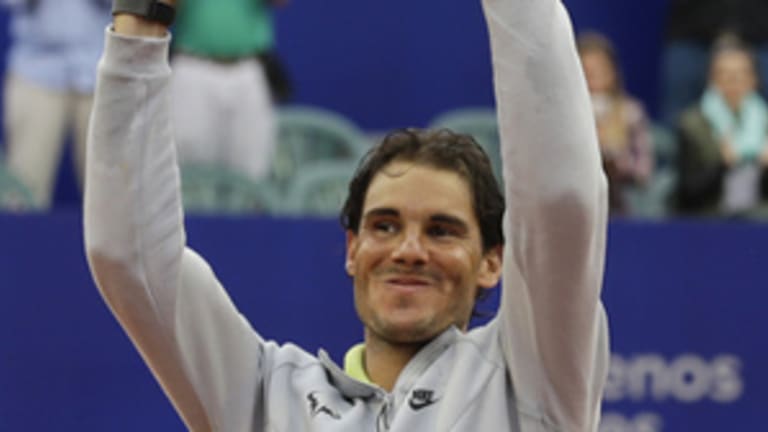Both were playing on favored courts, in parts of the world where they have had success in the past. Federer won his seventh title on the fast hard surface in Dubai, while Nadal won his 46th clay-court title, in Buenos Aires. Both were utterly different players from the ones we had seen stumble out of Australia.
After his third-round loss in Oz, I wondered about Federer’s momentum. Over the last three years, he had become streakier than when he was No. 1: He was up in 2012, down in 2013 and back up again in 2014. At 33, was that positive momentum sustainable in the face of a disappointing Grand Slam defeat, when he knew he wouldn’t have a chance at another Slam for four months? Federer's answer was a definitive yes. He didn’t drop a set in five matches in Dubai, and he closed it by outhitting the world No. 1, 6-3, 7-5.
Federer, in what has become his characteristic late-career style, was aggressive, and he stayed that way even when it wasn’t working for him. He hit 37 winners to Djokovic’s 19, but was just nine of 21 at the net. The difference, as it so often is, was his serve. Federer hit 11 aces and saved all seven break points he faced. Serving at 3-4, 15-40 in the second, with Djokovic gaining steam from the baseline, Federer hit four straight unreturnables to hold. And while he had his struggles at the net, he put a forehand volley on the baseline to save a set point at 4-5. Aggressiveness has its own rewards.
"I congratulate Roger," Djokovic said. "Today he was a better player; there wasn’t much I could do."
"I think the first set belonged to me," Federer said, "Whereas the second set belonged to him more... It seemed like the moment I wasn’t serving great, he created chances for himself and put a lot of pressure on me."
That was Federer the realist talking; but Federer the overjoyed champion, who said he couldn’t wait to play in front of his fans again, also had his say yesterday.
"I’m so unbelievably young," Federer said, "and people keep telling me how old I am. I’m very happy to be playing so well."



